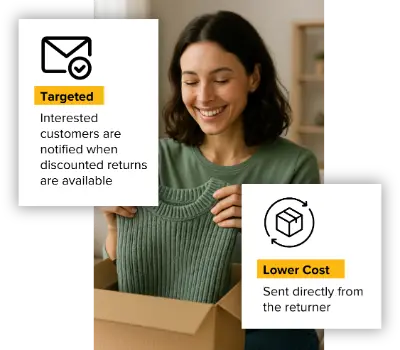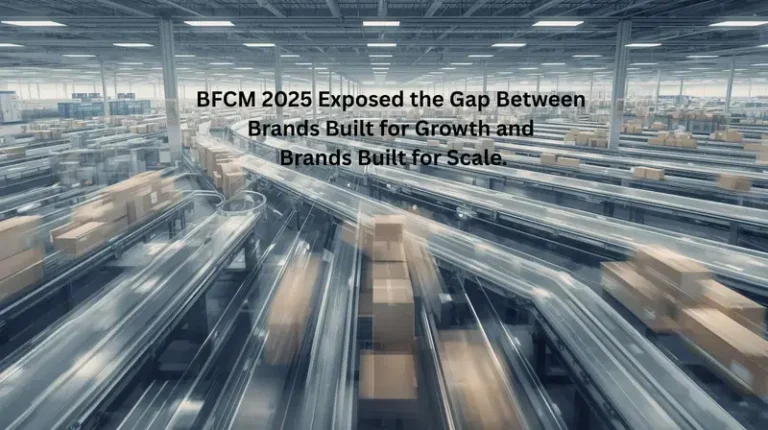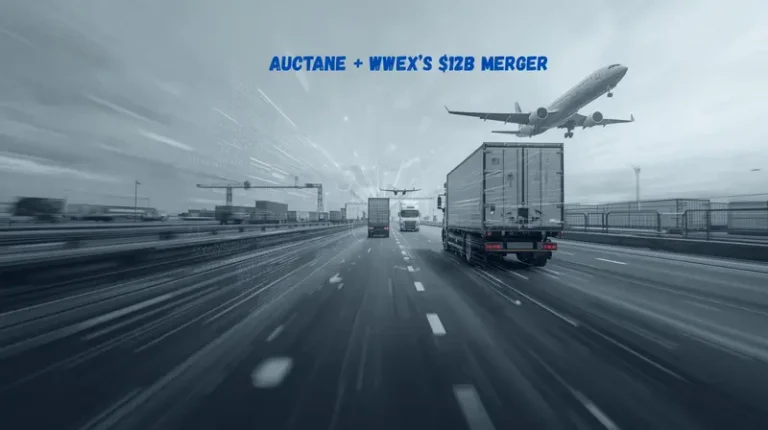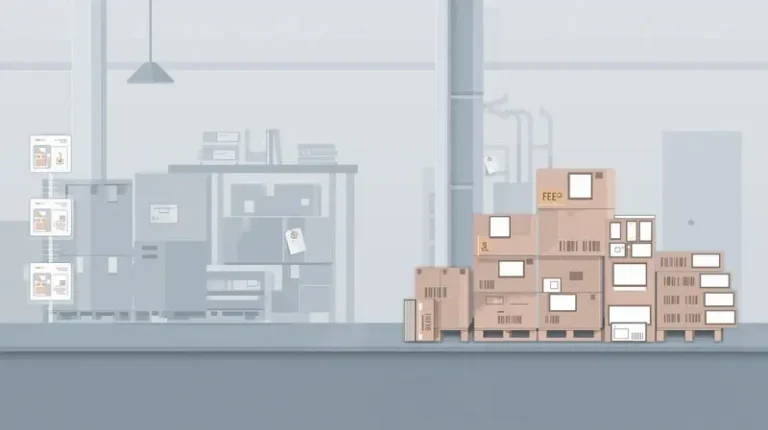The Shipping Speed Paradox: Why DTC Brands Are Slowing Down

Last updated on July 16, 2025
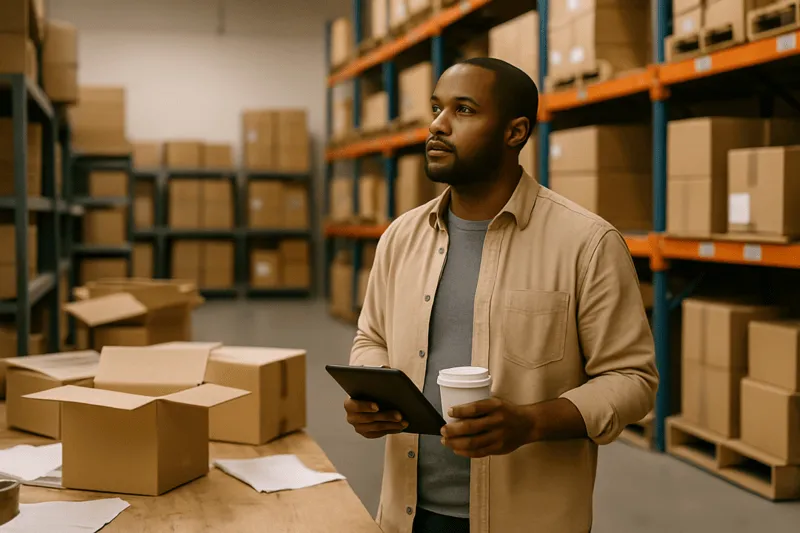
In this article
 5 minutes
5 minutes
Everyone’s talking about faster delivery. Amazon’s promising drone drops. Walmart’s turning stores into micro-fulfillment centers. And customer expectations? Sky high. But here’s the thing: most DTC brands aren’t speeding up, they’re tapping the brakes.
Sounds counterintuitive, right? But in 2025, slowing down might actually be the most strategic move you can make.
The Delivery Arms Race: Amazon and Walmart Go All-In
Let’s start with the big players. Amazon has spent the better part of a decade conditioning customers to expect one- or two-day delivery. In 2024, they doubled down again. More inventory was moved closer to end customers using their “regionalization” strategy, which chopped fulfillment distances in half. The result? According to Supply Chain Dive, 65% of Prime orders in Q2 2025 arrived the same day or the next day.
Walmart isn’t far behind. They’ve converted more than 4,500 stores into last-mile delivery hubs and are investing in AI-powered inventory placement. They’ve even launched parcel stations right inside their stores to boost local delivery capacity.
And yes, both are experimenting with drones. Amazon is testing lightweight drone delivery in a few southern U.S. zip codes. Walmart too. But let’s be honest: we’re still in science-project territory. Drone delivery may be flashy, but it’s barely scratching the surface of what really moves ecommerce.
Slash Your Fulfillment Costs by Up to 30%
Cut shipping expenses by 30% and boost profit with Cahoot's AI-optimized fulfillment services and modern tech —no overheads and no humans required!
I'm Interested in Saving Time and MoneyMeanwhile, DTC Brands Are Quietly Slowing Down
This part of the story isn’t getting enough airtime. While the retail giants race toward one-hour windows, thousands of independent ecommerce brands are stepping back.
Not because they want to disappoint customers, but because they can’t afford to keep up, and chasing Amazon’s logistics playbook is a losing game when you don’t have Amazon’s budget.
You know what I’m seeing? Brands freezing SKUs. Shrinking warehouse footprints. Letting go of that “2-day everywhere” promise. Not because they’re failing, but because they’re adapting.
And it’s not just a gut feel. According to July 2025 reports, Shopify store closures now outpace new installs. Many of those closures are logistics-related, brands crushed under the weight of expectations they could no longer afford to meet.
What Customers Actually Care About
Let’s cut through the noise.
A 2025 McKinsey study shows customers care about three things in this order:
- Free shipping
- Reliable delivery timelines
- Speed (same/next day)
Sustainability? It ranked dead last.
In fact, only 26% of shoppers said they’d pay even $1–2 extra for eco-friendly delivery. And when researchers tracked actual conversions? Fewer than 10% followed through. So while “green shipping” sounds great in a press release, it’s rarely what gets the sale.
Translation: customers expect fast and free. That’s a tough combo for DTC brands with thin margins.
The Hidden Costs of Chasing Speed
The faster you ship, the more you pay. You either:
- Store more inventory closer to the customer (higher storage and distribution costs), or
- Ship from a central location via air (higher parcel and carrier fees), or
- Overstaff fulfillment ops and erode margin at scale
Speed isn’t free, and when volume slows or inventory piles up, you’re left with expensive sunk costs.
We’re seeing the result now. DTC brands are caught in the “stockpile trap,” where inventory equals cash sitting on shelves. Remember, inventory isn’t just product; it’s tied-up working capital. If you can’t sell it fast enough to fund reorders, you’re stuck.
Looking for a New 3PL? Start with this Free RFP Template
Cut weeks off your selection process. Avoid pitfalls. Get the only 3PL RFP checklist built for ecommerce brands, absolutely free.
Get My Free 3PL RFPThe Drone Mirage
Let’s revisit the drones. They’re real. They’re operational in some pilot markets. But they’re limited to:
- Small packages under 5 pounds
- Favorable weather
- Specific delivery zones with limited obstructions
For the average brand selling apparel, home goods, or supplements, drones don’t meaningfully move the needle yet. And they won’t for most of 2025. If you’re betting your fulfillment future on drone scalability, you’re early. Way early.
Slowing Down on Purpose Is Not the Same as Falling Behind
When growth stalls, I don’t panic. I pause. I fix what’s broken, not what’s trending.
At Cahoot, we’re seeing smart brands slow down intentionally to:
- Vet new 3PLs or hybrid fulfillment solutions
- Reprice SKUs based on true landed cost
- Trim the fat from overbuilt operations
- Reallocate dollars from speed to retention
Slowing down doesn’t mean giving up. It means strengthening the core so you can scale sustainably when the market rebounds.
The Strategic Path Forward
Here’s the real takeaway: you don’t have to match Amazon or Walmart on delivery speed to win. You just have to meet your customers’ expectations and protect your margin while doing it.
Use 2025 to:
- Reaudit your shipping promises
- Simplify where needed
- Explore fulfillment partners that optimize speed and cost
- Make sure every dollar in ops contributes to LTV, not just CTR
Because speed is sexy, but resilience is what keeps you in the game.
Frequently Asked Questions
What is the “shipping speed paradox” in ecommerce?
It refers to the trend where retail giants are racing toward faster delivery, while many DTC brands are pulling back due to cost and sustainability constraints.
Are consumers really demanding same-day delivery?
Not necessarily. Most customers prioritize free shipping over speed. Same- or next-day delivery is nice to have, not a dealbreaker for most shoppers.
Why are DTC brands slowing down their delivery promises?
Because matching Amazon-level speed is expensive and often unsustainable for smaller brands without massive logistics infrastructure.
What’s the status of drone delivery for ecommerce brands in 2025?
Still very early. Amazon and Walmart are testing drone delivery, but it remains limited to small packages and specific markets.
How can DTC brands stay competitive without fast delivery?
By offering reliable shipping timelines, clear communication, and great post-purchase experiences. Fulfillment partners like Cahoot can also help streamline speed without killing margin.

Turn Returns Into New Revenue
